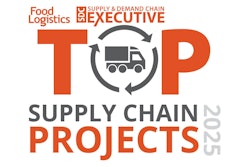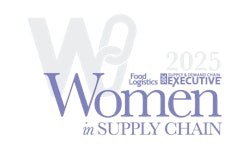
Emma AdobeStock_1061554228
Nearly 25% of companies from an ORTEC survey identified poor load optimization as a primary contributor to rising delivery costs, while 40% reported that their outbound trucks depart with less than 90% capacity utilization.
“Our survey results confirm what we’ve seen across the industry—many companies are leaving money on the table due to inefficient load optimization,” says Mat Witte, CEO of ORTEC Americas. “By utilizing AI-driven planning solutions, businesses can ensure better truck utilization, reduce empty miles, and improve delivery accuracy, ultimately leading to cost savings and greater operational efficiency.”
Key takeaways:
- The survey highlights how maximizing truck capacity is becoming a major priority, as businesses navigate fluctuating fuel prices, increasing demand for faster deliveries, and mounting pressure to reduce carbon footprint.
- Nonetheless, organizations continue to struggle with key barriers to efficient load planning.
- Additionally, when asked about the biggest obstacles to optimizing truck loads, respondents cited inadequate load planning software, order processing delays, and lack of real-time visibility into warehouse operations as top concerns.
- Nearly 30% of companies reporting that more than a quarter of their outbound trucks leave without being at least 90% full, resulting in wasted fuel, higher costs, and unnecessary environmental impact. Furthermore, 22% of respondents stated that inefficient truck loading directly affects their ability to meet last-mile delivery commitments, further compounding logistics challenges.
- While 25% of organizations have successfully implemented AI-powered load planning solutions, a significant portion is still relying on manual processes or outdated software, leaving room for improvement.



















